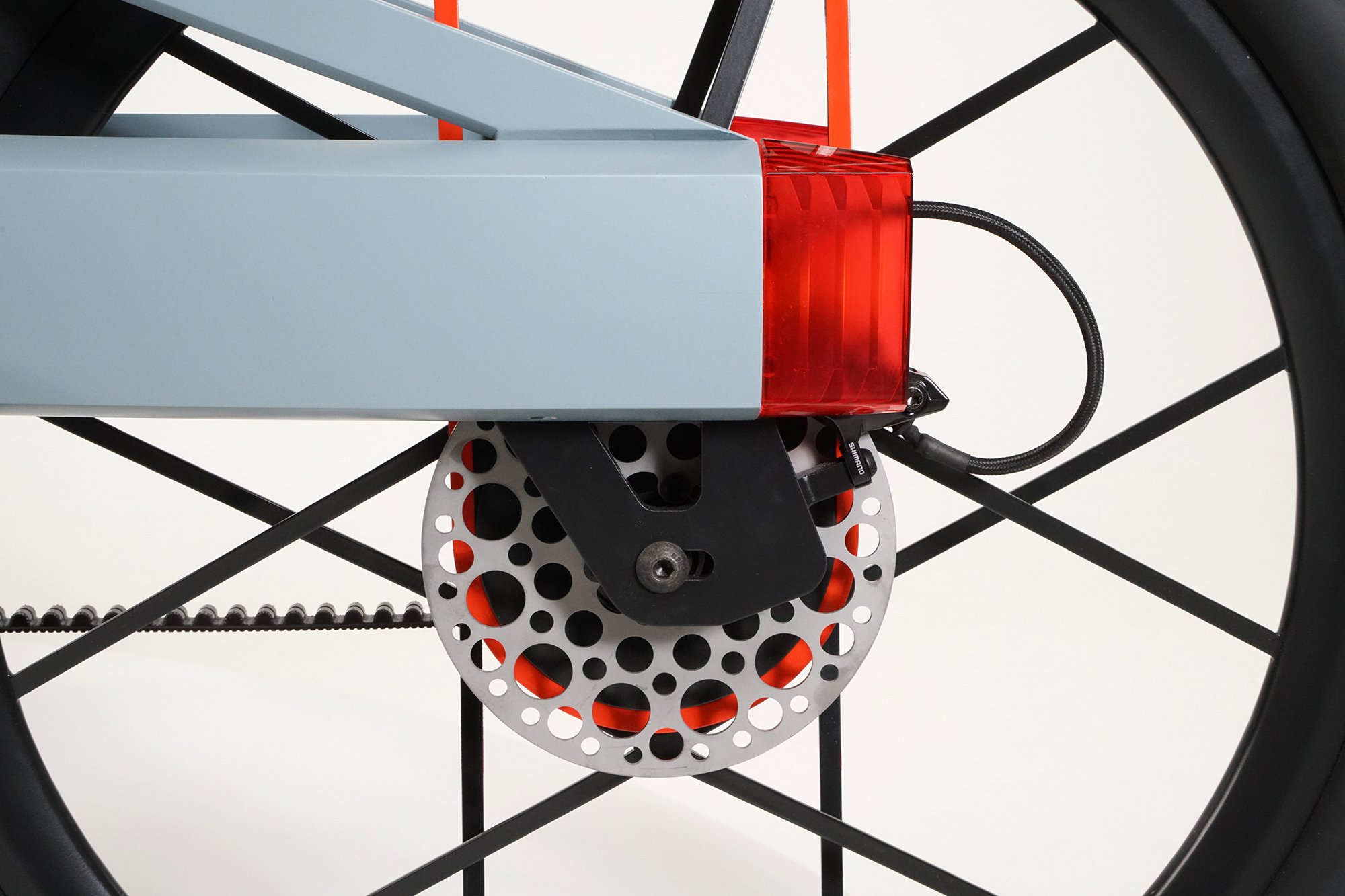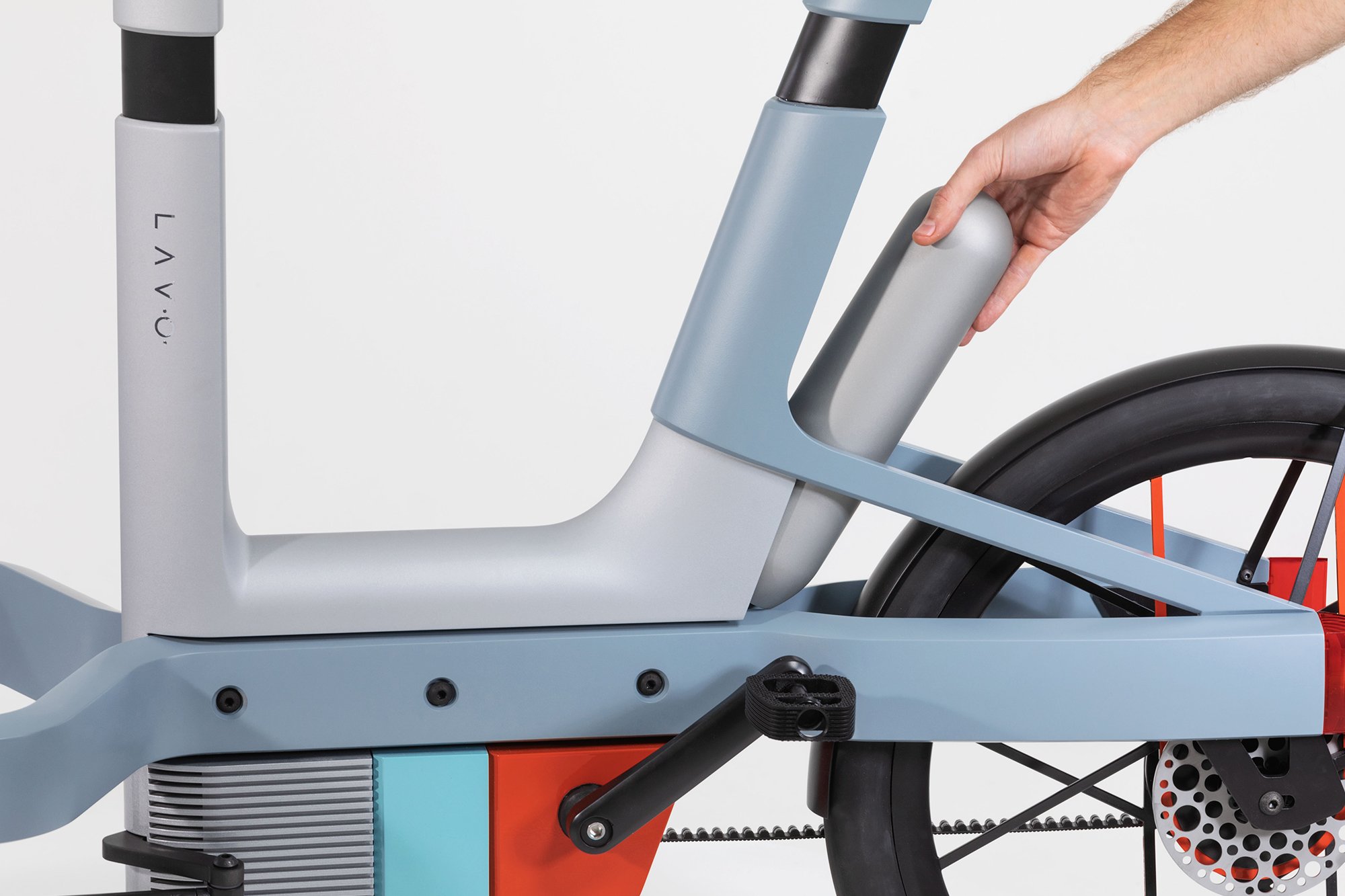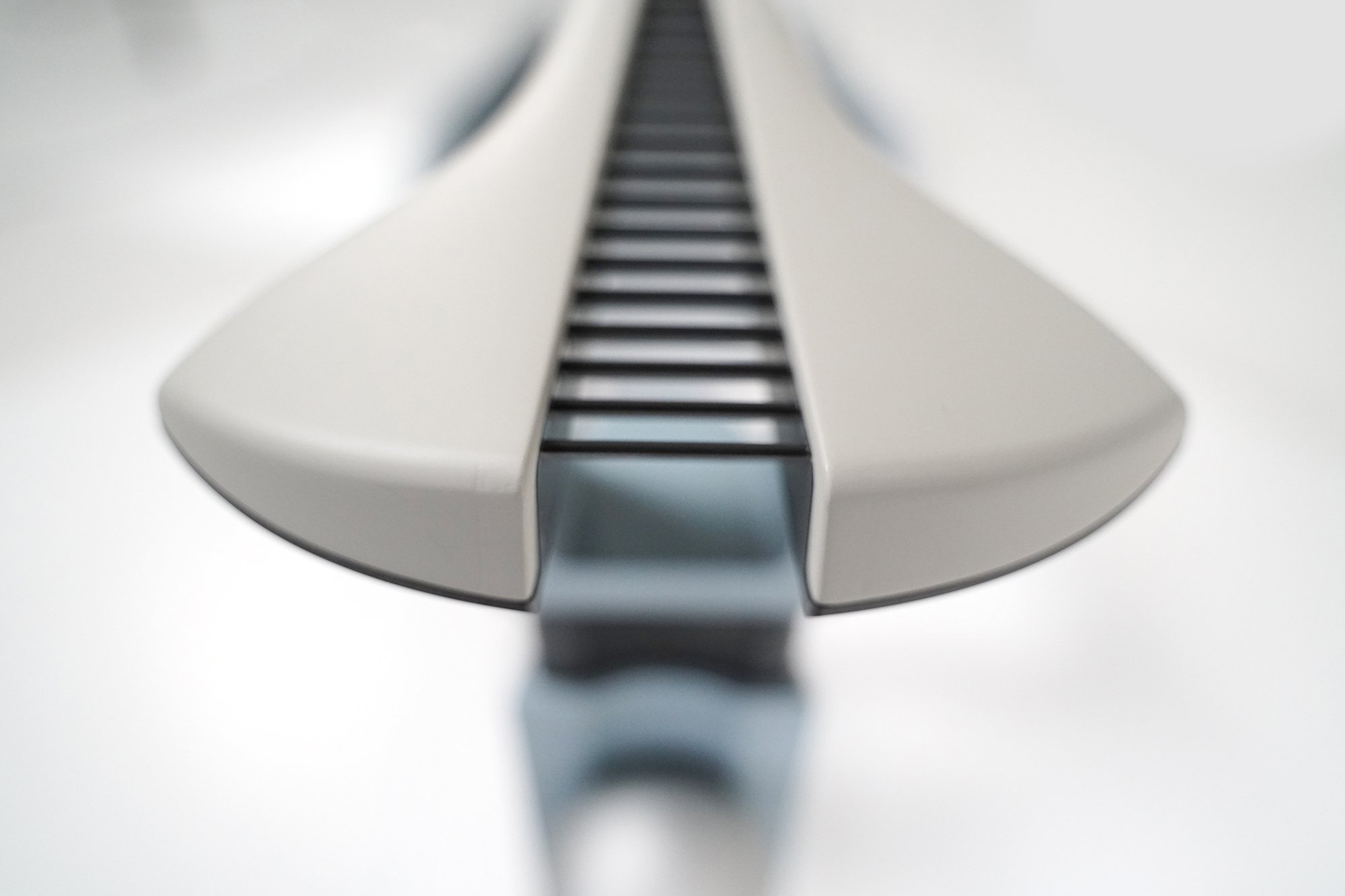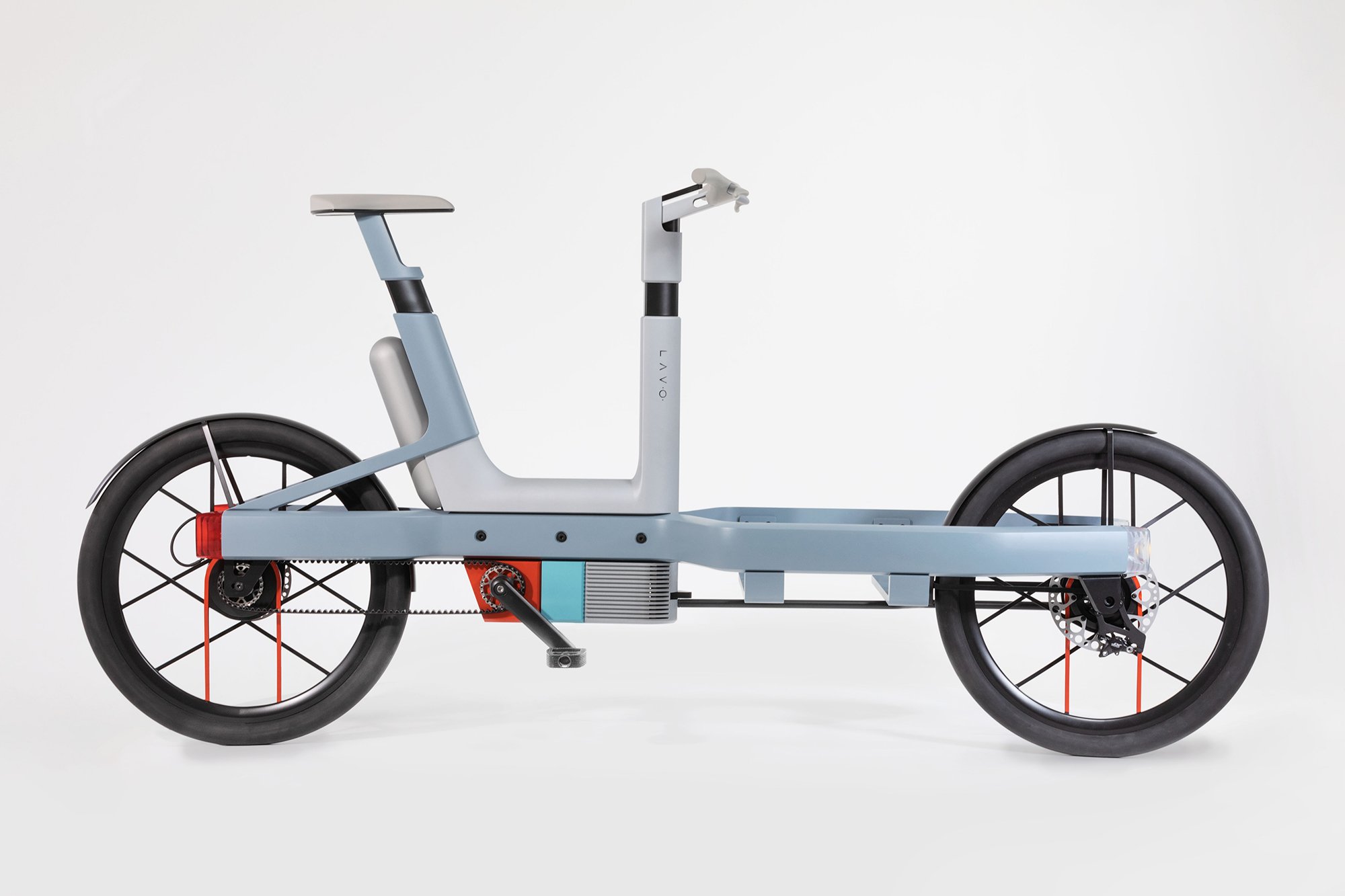studioMOM and LAVO go full hydrogen with the LAVO e-bike
We recently wrote about hydrogen as the fuel for a better future of electric mobility in our interview with Hopium founder Olivier Lombard, so it is all-the-more exciting to see the hydrogen system applied to urban mobility. LAVO, an Australian green energy technology and lifestyle company – but also a battery pioneer – teamed up with the Dutch mobility and design studio studioMOM to create the world’s first commercial hydrogen e-bike.
The LAVO™ system
The LAVO™ is the first developed hydrogen home system, which acts as a solar sponge, integrated with rooftop solar in order to capture and store renewable energy for use when you need it. This is how it works: first, it creates hydrogen from water, then it stores the hydrogen into LAVO™ 's patented metal hydride and generates electricity by converting it into power. It will then deliver power at a regulated voltage to your home, where you’ll be able to monitor and control performance via the LAVO app. In short, pretty revolutionary and a true path to the future for clean energy.
“We are an enabler for positive change, empowering consumers to do good, supporting the community and contributing towards improving the environment.” –Alan Yu, CEO of LAVO.
The LAVO bike
Because it is so groundbreaking, when LAVO asked them to build a lightweight e-bike with this system, StudioMOM didn’t hesitate. Because of the basic weight of the system, they decided to go for a cargo bike – especially because long-range cargo solutions require a lot of energy, which often means that they are quite heavy. In this case, an extra hydrogen tank of 1.2 kg is surely preferable to an extra battery that weighs 6 kg.
Hydrogen fuel cells offer a higher energy-to-weight ratio than typical lithium batteries that are usually used for e-bikes. This is what the LAVO Bike was designed to take advantage of, to create a super lightweight yet powerful bike with much lower particulate and CO2 emissions.



The design of the LAVO bike
The design of the cargo bike was centred around it being a toolkit for a new emission-free mode of transport. Because both Studio MOM and LAVO believe in a cleaner future, the design language and intention behind the LAVO e-bike was to create a means of transport, as opposed to simply a bicycle.
The bike’s technical elements are also designed in a purely logical way, and can all be assembled like Lego blocks, which also makes it an easily adaptable concept. For example, it can transform from a city bike into a transport bike for small business use. These technological elements have also been cleverly incorporated into the frame, the lighting units being a great example – simple, logical and stylish all at once.
The top frame of the e-bike was also designed to be ergonomically adjustable for everyone, with the unique Elian steering hub that provides excellent riding characteristics, rigidity and comfort.
A hydrogen future
Thanks to this type of forward-thinking technology, both the automotive and urban mobility sectors could become infinitely cleaner in the not-so-far future. Hydrogen not only makes use of water and solar to create power and energy, significantly reducing emissions, but also allows – as the LAVO bike demonstrates – for more lightweight builds, a high priority in urban mobility.
Pictures: studioMOM

